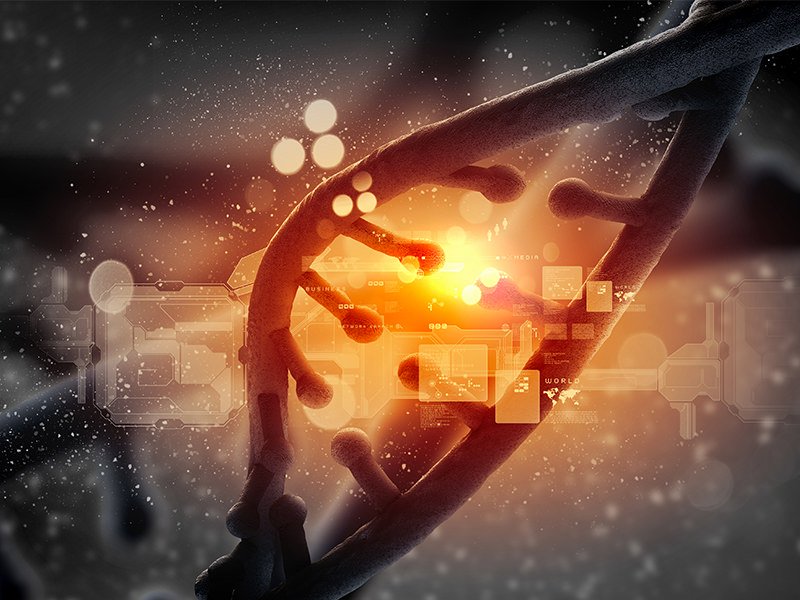The History of PBM Therapy

Using light to heal and improve your general health has historical roots that can be traced back the pioneering Swiss Physician Auguste Rollier in the early 1900’s. He was one of the first advocates of using the light therapy approach to heal.
PBM Therapy effects were first scientifically documented by Professor Endre Mester at Semmelweis University Budapest in 1967. He decided to use a low powered ruby laser (694 nm) on shaved mice to see if it was the cause of skin cancer. What he actually discovered was not what he had expected. The laser did not cause skin cancer but in fact it accelerated the hair growth causing the shaved areas on the mice to grow hair back faster in the PBM Therapy treatment group when compared to control group of shaved mice (mice who had also been shaved but did not receive treatment). He decided to call this effect Laser Biostimulation.
He then spent many years further researching into his discovery. With the fall of the USSR and the ‘iron curtain’ 1991/2 his research became more easily accessible to the wider scientific community, and since that point PBM Therapy has been investigated in much more detail. Now there are hundreds of Random Controlled Trials (RCT’s), thousands of papers published in peer reviewed respected journals and hundreds of research reviews.
So the science is therefore not new, but what is new is the refinement of implementing the treatment:-
- How does PBM Therapy work?
- What is the best frequency of red/near infra red light to use for the different applications?
- For how long should the red/near infra red light be applied?
- How often per week?
- Red LED’s and lasers now have been found to work in the same way but why?
Over the years PBM Therapy has had a few name changes!
- Laser Biostimulation
- Low level light therapy
- LLLT
- Cold laser (because the wavelengths used do not generate/ generate minimal heat in the tissues)
- Red light therapy
- Red LED therapy
- LED therapy
- PhotoBioModulation but now for simplicity PBM Therapy!
To review the current extensive world wide open access data base about PBM Therapy just tap/click this link PBM Therapy research.
